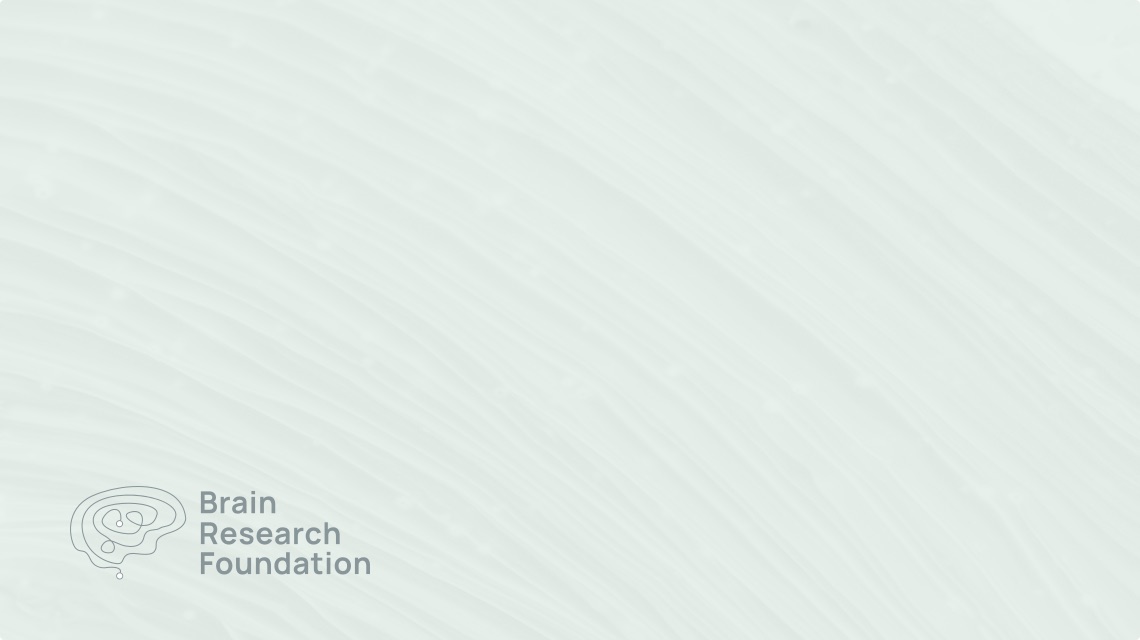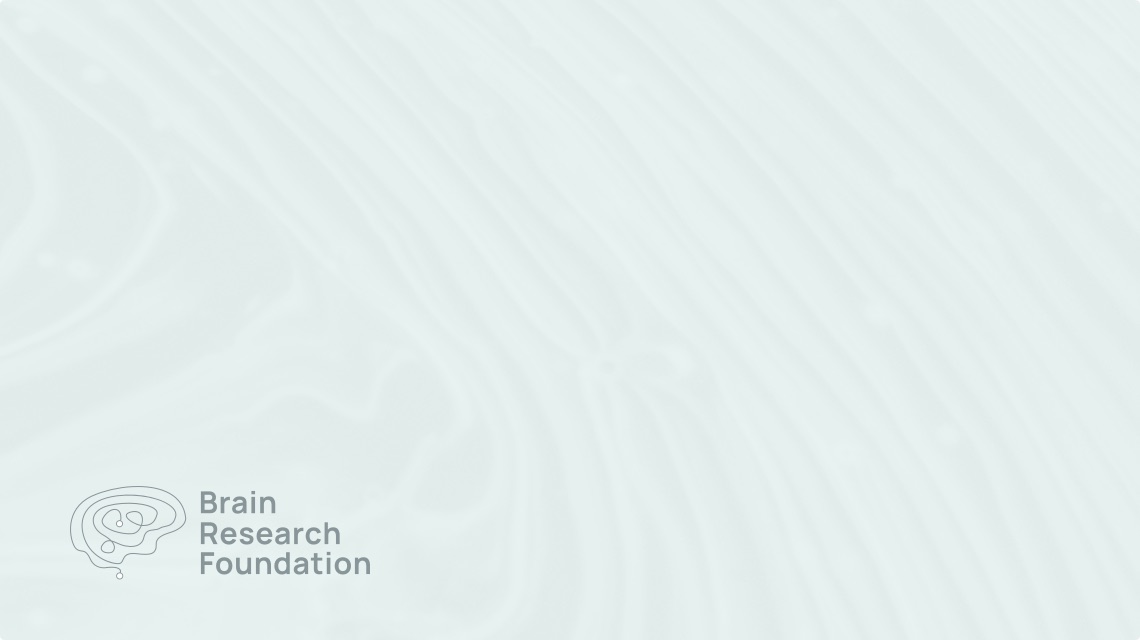2016 Seed Grant
Catherine A. Christian, Ph.D.
University of Illinois at Urbana-Champaign
Astrocytes are one of the most abundant cell types in the central nervous system, but for a long time these cells were considered to act as passive “glue” supporting neuronal function. Recent evidence, however, indicates critical roles for astrocytes in regulating brain function in both healthy and diseased states. One neurological disorder in which astrocytes may be of high importance is epilepsy, a common brain disorder that affects 3 million Americans and 65 million people worldwide. To date, more attention has been placed on the dysfunction of pathological unhealthy astrocytes in epilepsy and seizure disorders. Less is known about how the function of healthy astrocytes contributes to modifying seizure susceptibility, whether signaling pathways inside astrocytes could be specifically targeted to affect seizure activity, and how these effects differ across brain areas. Astrocytes appear to play important roles in regulating synapses, the electrical-chemical connections between neurons in the brain. Most work, however, has focused on astrocytic modulation of excitatory synapses, so less is known about astrocytic modulation of inhibitory synapses. Seizures often result from an excitation-inhibition imbalance; glial modulation of inhibition could thus represent a new method for control of seizure activity. In our proposed experiments, we will use recently developed tools that enable using light to stimulate signaling pathways in cells (optogenetics), and will use viruses to target these specifically to astrocytes (“optoglia”). We will use the Fay/Frank Seed Grant to assess the consequences of optoglial modulation in hippocampus vs. cortex on synaptic inhibition, neuronal excitability, and seizure susceptibility. The knowledge gained from these experiments will be critical to broadening our understanding of the heterogeneous roles for astrocytes in modulating neuronal excitability and communication, and will contribute greatly to illuminating the potential for astrocytes as clinical targets in the treatment of epilepsy.



